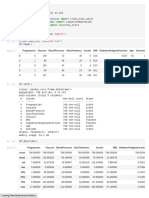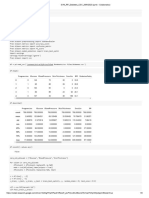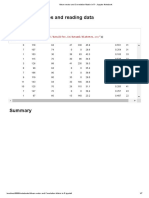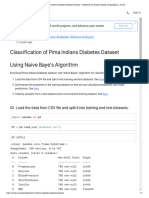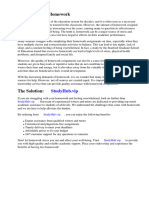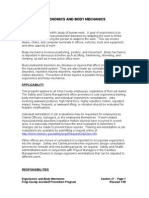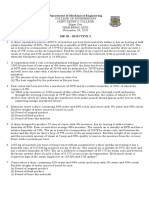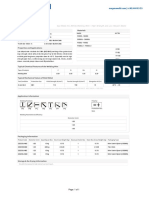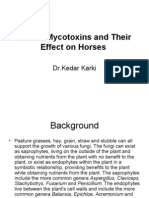0% found this document useful (0 votes)
11 views7 pagesData Mining Lab - Ipynb - Colab
The document is a Jupyter notebook detailing a Data Mining Lab project focused on analyzing diabetes data using Python libraries such as NumPy, Pandas, Matplotlib, and Seaborn. It includes data importation, exploratory data analysis, statistical summaries, and visualizations to understand the relationships between various health metrics and diabetes outcomes. Key findings indicate correlations between features like skin thickness and insulin levels, and the dataset consists of 768 entries with no missing values.
Uploaded by
Syed Mazhar Hussain JafferyCopyright
© © All Rights Reserved
We take content rights seriously. If you suspect this is your content, claim it here.
Available Formats
Download as PDF, TXT or read online on Scribd
0% found this document useful (0 votes)
11 views7 pagesData Mining Lab - Ipynb - Colab
The document is a Jupyter notebook detailing a Data Mining Lab project focused on analyzing diabetes data using Python libraries such as NumPy, Pandas, Matplotlib, and Seaborn. It includes data importation, exploratory data analysis, statistical summaries, and visualizations to understand the relationships between various health metrics and diabetes outcomes. Key findings indicate correlations between features like skin thickness and insulin levels, and the dataset consists of 768 entries with no missing values.
Uploaded by
Syed Mazhar Hussain JafferyCopyright
© © All Rights Reserved
We take content rights seriously. If you suspect this is your content, claim it here.
Available Formats
Download as PDF, TXT or read online on Scribd
/ 7
















